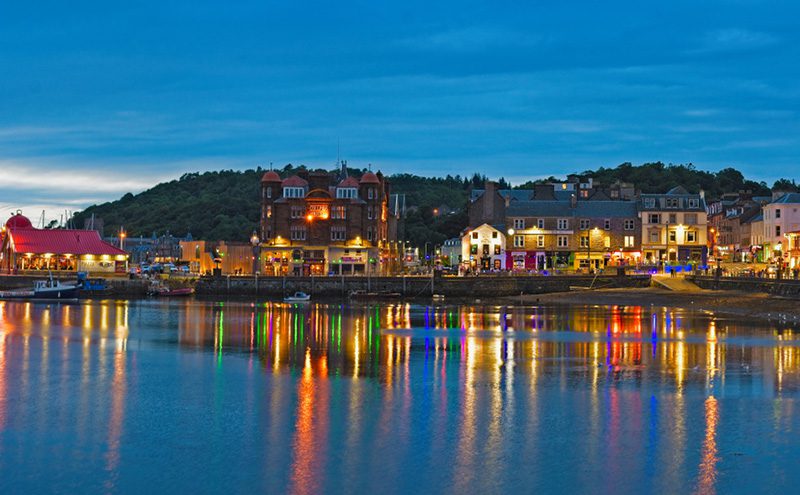
Have you ever given a thought to how light pollution in our coastal towns may be affecting our marine neighbours?
The School of Ocean Sciences at Bangor University is leading a new four year project funded by the Natural Environment Research Council, that will improve our understand of how light pollution from coastal towns and cities impacts life along our shores.
The four year Artificial Light Impacts on Coastal Ecosystems (ALICE) project is one of 14 receiving a total of £24M from NERC in it’s the fourth round of Highlight Topics which fund new research into major environmental issues.
ALICE combines world leading expertise in ecological light pollution, larval biology, marine benthic ecology, tropical marine biology, and optical oceanography from Bangor University, Plymouth Marine Laboratory, University of Southampton and University of Strathclyde to tackle fundamental gaps in our understanding of coastal ecosystem responses to night-time artificial lighting.
The four-year research will analyse how light pollution can change the behaviours of a number of coastal creatures, affecting how and where they settle, their diet and reproduction, among other things. The information drawn from laboratory simulations with differing light levels will feed models which will tell us how our coastal habitats are set to change over the next half-century- that is, if we do nothing to curb our light pollution
Dr Thomas Davies, Principal Investigator of the ALICE project explains:
“Artificial light from coastal towns and cities can now be detected above 22% of the world’s coasts nightly. These areas are set to grow even further, as coastal human population centres are set to double by 2060.
We know that many of coastal marine creatures are highly sensitive to light, and have adapted to use cycles of moonlight to inform various aspects of their life history. There is great potential for artificial light from our coastal cities, ports, harbours and marinas to interfere with natural light cycles, and the marine animal behaviours that rely on detecting them.
All life stages of marine invertebrates can be affected by night-time lighting equivalent to that found in ports and harbours. These direct impacts on the behaviour of some coastal invertebrates can indirectly affect other species in coastal food webs, changing ecosystem structure. We need to build a comprehensive understanding of how much artificial light there is along our shores, the impacts it is having on coastal ecosystems, and how we can best mitigate these effects.”
Dr Davies was instrumental in opening up the study of the effect of light pollution on the wider environment and revealed how light pollution can affect ecological communities on land and in the sea by changing animal behaviours and species interactions. Having trained as a marine ecologist, Thomas has shifted the focus of his light pollution research from grassland to marine ecosystems. He pioneered research into the impacts of artificial lighting on marine invertebrates, and now leads the UK’s first major project investigating how light pollution shapes the ecology of our shorelines.
Colleagues at the University’s School of Natural Sciences are also contributing to research on the impact of microplastics in our oceans. The selection of NERC Highlight Topic projects is a competitive process ensuring that science meeting the highest standards of research excellence is funded.







